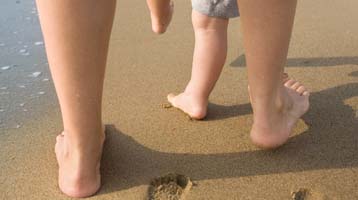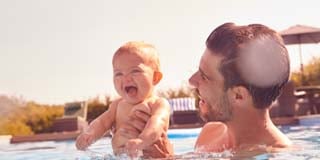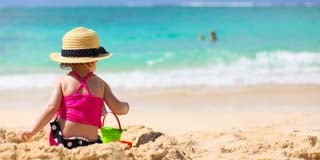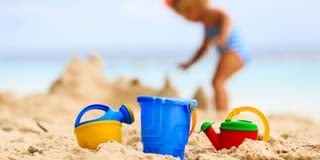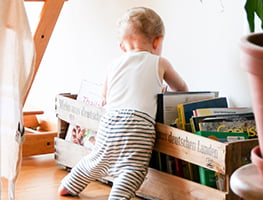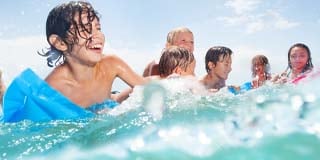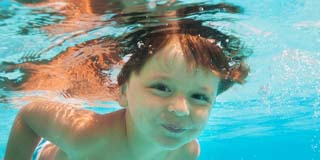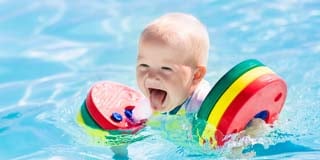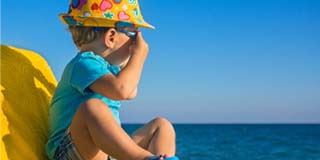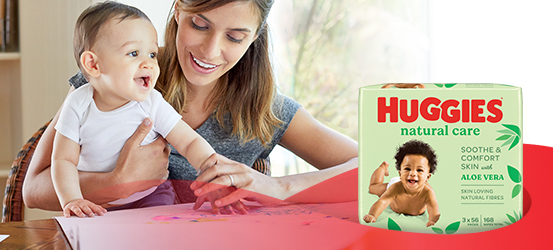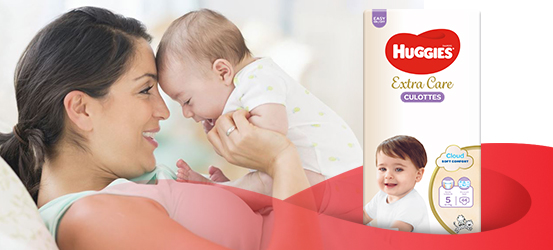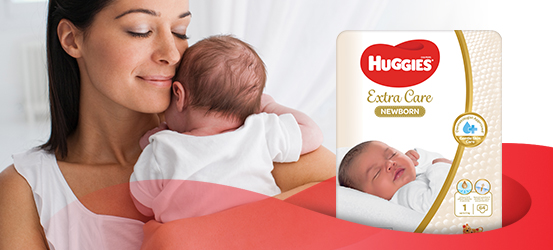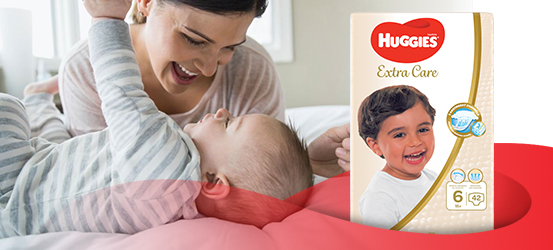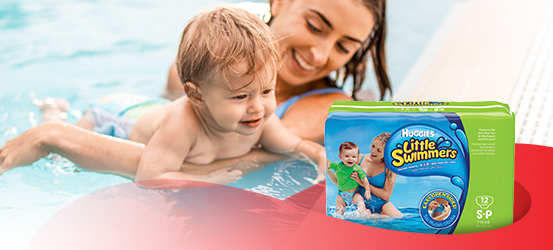Shocking fact – a child can drown in just a few centimetres of water, in a very short space of time. Supervision is always required around water.
Another shocker – drowning is the 3rd highest cause of death in children under the age of 5.
Around a pool
Always maintain constant visual contact while your child is in the water.
Older children should not be left to supervise younger siblings.
Familiarise your child with water – take your child to infant aquatics classes so they can develop water confidence.
Fence your pool – a pool fence is essential as a barrier between the water and your child.
In South Africa – Swimming pools must have an SABS approved fence, with a lockable, self-latching, spring-loaded gate. This gate should NEVER be left open and there shouldn’t be any fence-gaps greater than 100mm. It is suggested that a pool net or cover is also added.
Inflatable toys are not life saving devices and do not keep your child safe.
Ensure there are no power lines or other electrical equipment near or around the pool or swimming area.
Normal nappies should not be worn in the water as they are unhygienic and can weigh the child down. Rather use a specialised product like Huggies® Little Swimmers.
Check that the depth of the water is marked and be careful when jumping or diving into water.
At parties and gatherings nominate a person to be the designated child watcher, so there is no confusion. If that person leaves, they must nominate someone else.
Don’t leave paddling pools in the garden.
Never leave a child alone around your pool, even for a few minutes to answer the phone etc.
Never allow yourself to be distracted while watching children around the pool.
Learn to perform child CPR – lives can be saved by immediate, effective First Aid.
As soon as your child is old enough, swimming lessons are a must.
In the bathroom
Keep the bathroom door shut. If it has a lock, ensure you can open this from both sides. Remove the key from the door after you’ve locked it. Hang on the top of the doorframe – out of reach of little hands.
Remember to lower the toilet seats. There are toilet seat guards available at hardware stores.
Never leave your children unattended in the bath.
Even bath seats require constant supervision.
Don’t use a bath on a stand once your baby can stand up.
Use a non-slip mat in the bath and on the floor.
Turn your hot water down to a maximum of 50ºC or less.
Always place cold water in the bath first and test before using.
Always empty the bath when done.
Lock away all medicines. Lock all cleaning products away. Install child locks on medicine cupboards. Also store razors and other hazardous products out of reach.
Cover nappy bucket with a secure lid and keep the bathroom door closed.
Make sure that the shower door is made of safety glass.
Avoid using detachable toilet cleaners in the toilet bowl.
Never use electrical equipment in the bathroom.

